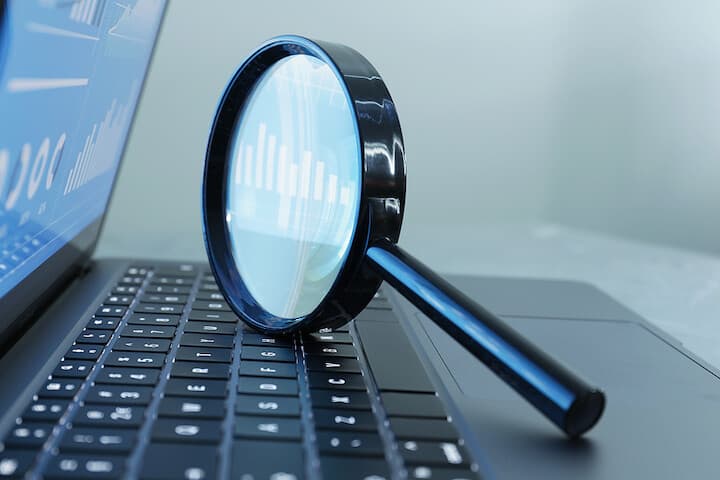What do you think the people analytics department is meant to do?
Is it meant to solve problems?
Is it meant to provide novel insights?
Is it simply meant to create dashboards that managers can use in any way they see fit?
The above suggestions are all reasonable things to expect people analytics teams to do.
However, another useful thing that analytics can do is notice facts that managers have overlooked.
Let’s look at some examples of what we might want analytics programs to notice:
- One individual is on so many different projects, they can’t possibly do justice to them all
- Meetings are continually running past their allotted time
- Stress levels on the team are unduly high
- Overtime is being unfairly allotted between employees
There are just some of the many things that analytics programs could keep an eye on.
They could notice things that the manager has overlooked and bring them to their attention.
It would then be up to the manager to decide if the alert was worth looking into further.
The sort of things that analytics could notice expands considerably when one brings in tools such as large language models.
One can imagine a large language model noticing common cognitive weaknesses, such as confirmation bias.
All in all, focusing on “noticing” could be a productive direction for an analytics team to work on.
Assistance, surveillance, or noise?
Using analytics to notice things managers have overlooked has to be a benefit.
However, this is not necessarily how it will always feel to managers.
They may feel like the analytics program is an unwelcome type of surveillance.
Another problem is that it may not feel so much like assistance as noise.
If the analytics program is constantly flagging potential problems, then it just becomes noise that wastes time and adds stress.
It’s right to be concerned that an analytics program will be seen as a surveillance tool or a generator of noise.
But that doesn’t mean these programs are not a good idea. It simply means that when we implement a “noticing” tool, we make sure that we take those risks into account.
Leader access?
The surveillance aspect is easily dealt with by ensuring managers alone have access to these reports.
However, leaders will inevitably suggest they should have access too.
I would urge however, that the people analytics team should argue that if we don’t ensure privacy then the tool will end up doing more harm than good.
In terms of noise, that is a problem that needs to be worked out iteratively.
So, make it easy for managers to tweak the system to notice what they are concerned about, and keep quiet about things they don’t want to hear about.
As the analytics team works with managers the team will develop more expertise around how to design a system that doesn’t require a lot of individual tweaking by each manager to meet their unique needs.
The takeaway is that one potential mission for the analytics team is to create tools that notice things managers may overlook.
That’s a different focus from producing dashboards or doing research to provide insights.
This re-framing of the mission may help reinvigorate an analytics team that hasn’t been able to provide dramatic novel insights and is fed up with the relatively low return on the effort they put into dashboards.
